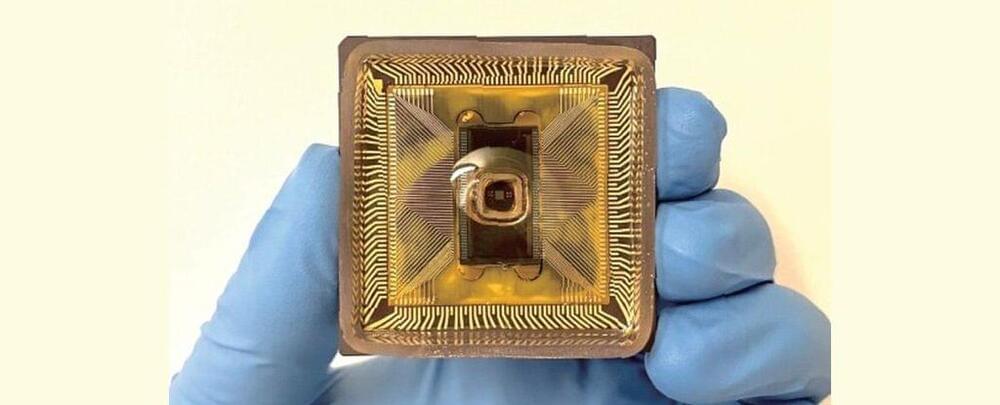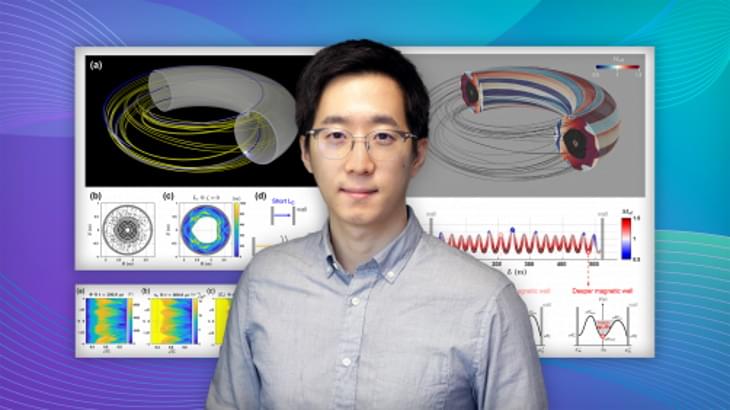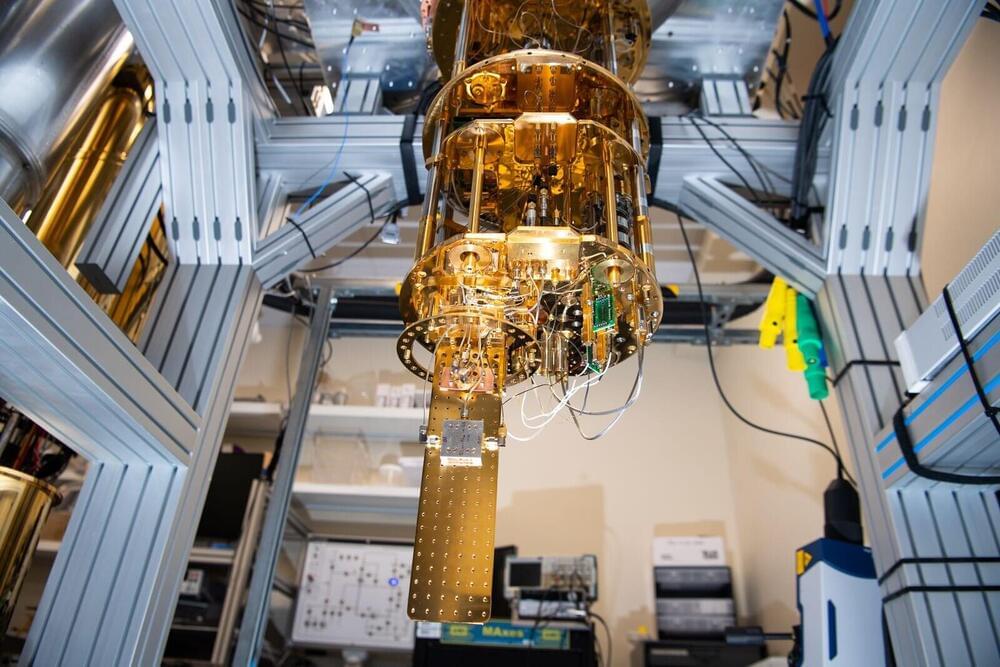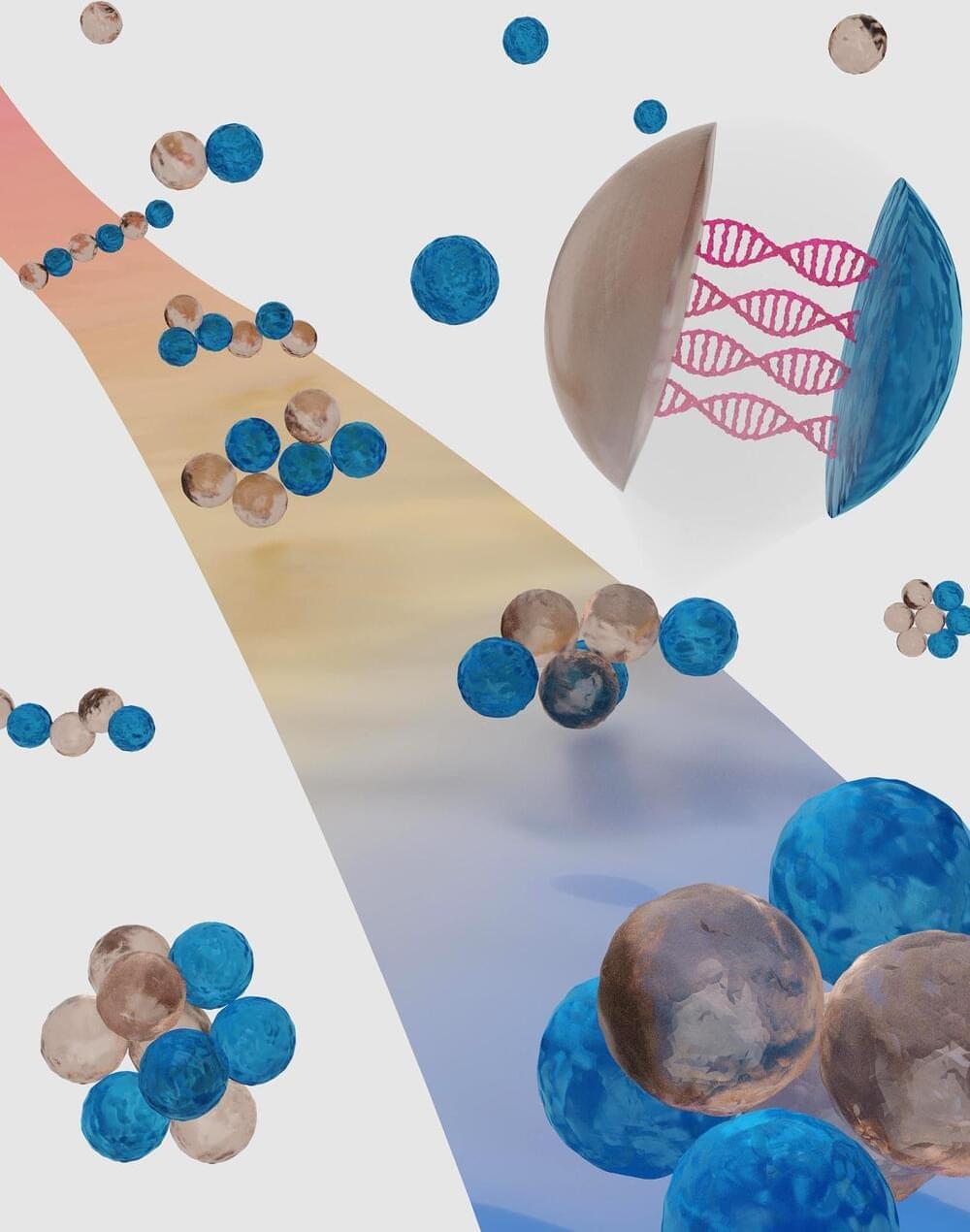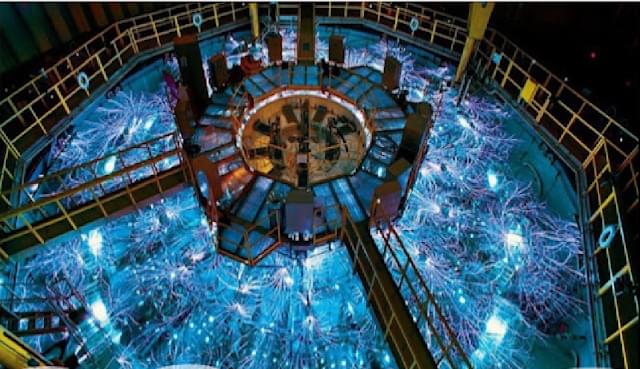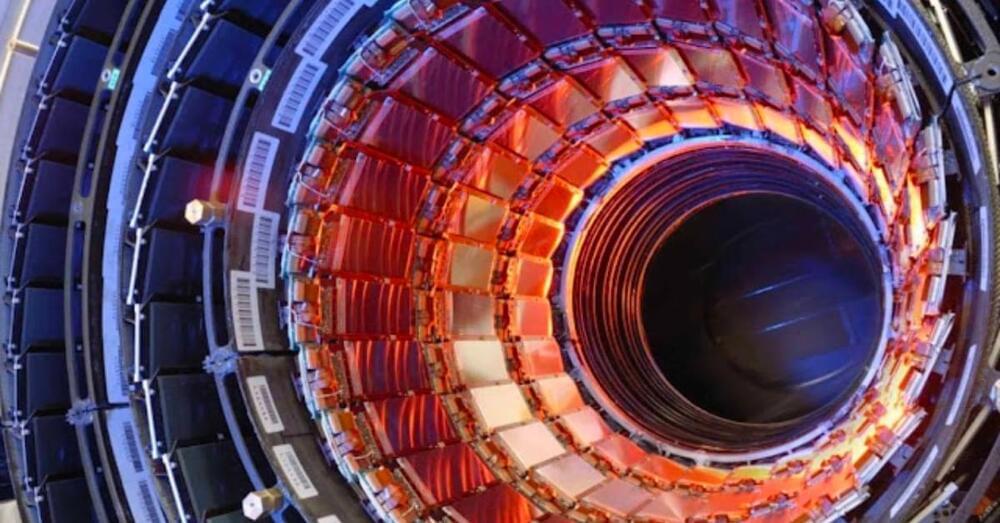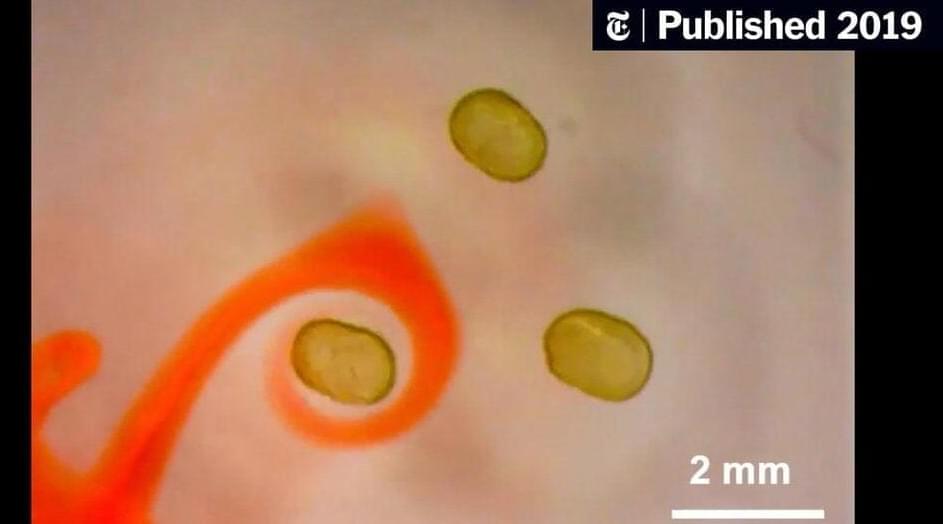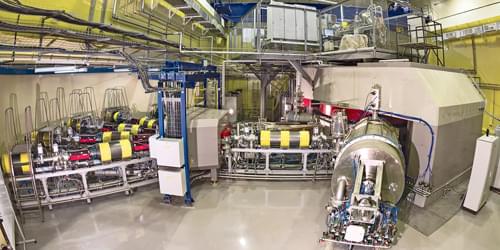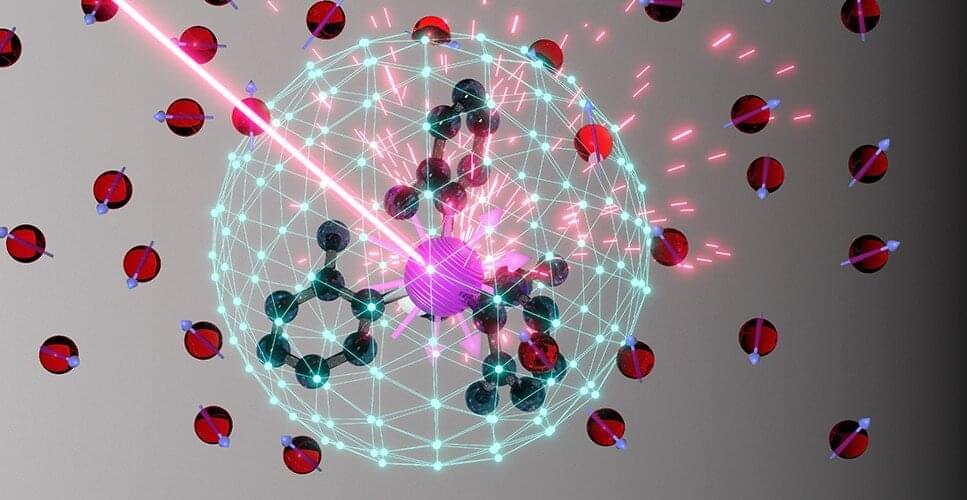Oct 2, 2022
Biology Inspires a New Kind of Water-Based Circuit That Could Transform Computing
Posted by Genevieve Klien in categories: biological, particle physics, robotics/AI
The future of neural network computing could be a little soggier than we were expecting.
A team of physicists has successfully developed an ionic circuit – a processor based on the movements of charged atoms and molecules in an aqueous solution, rather than electrons in a solid semiconductor.
Since this is closer to the way the brain transports information, they say, their device could be the next step forward in brain-like computing.
